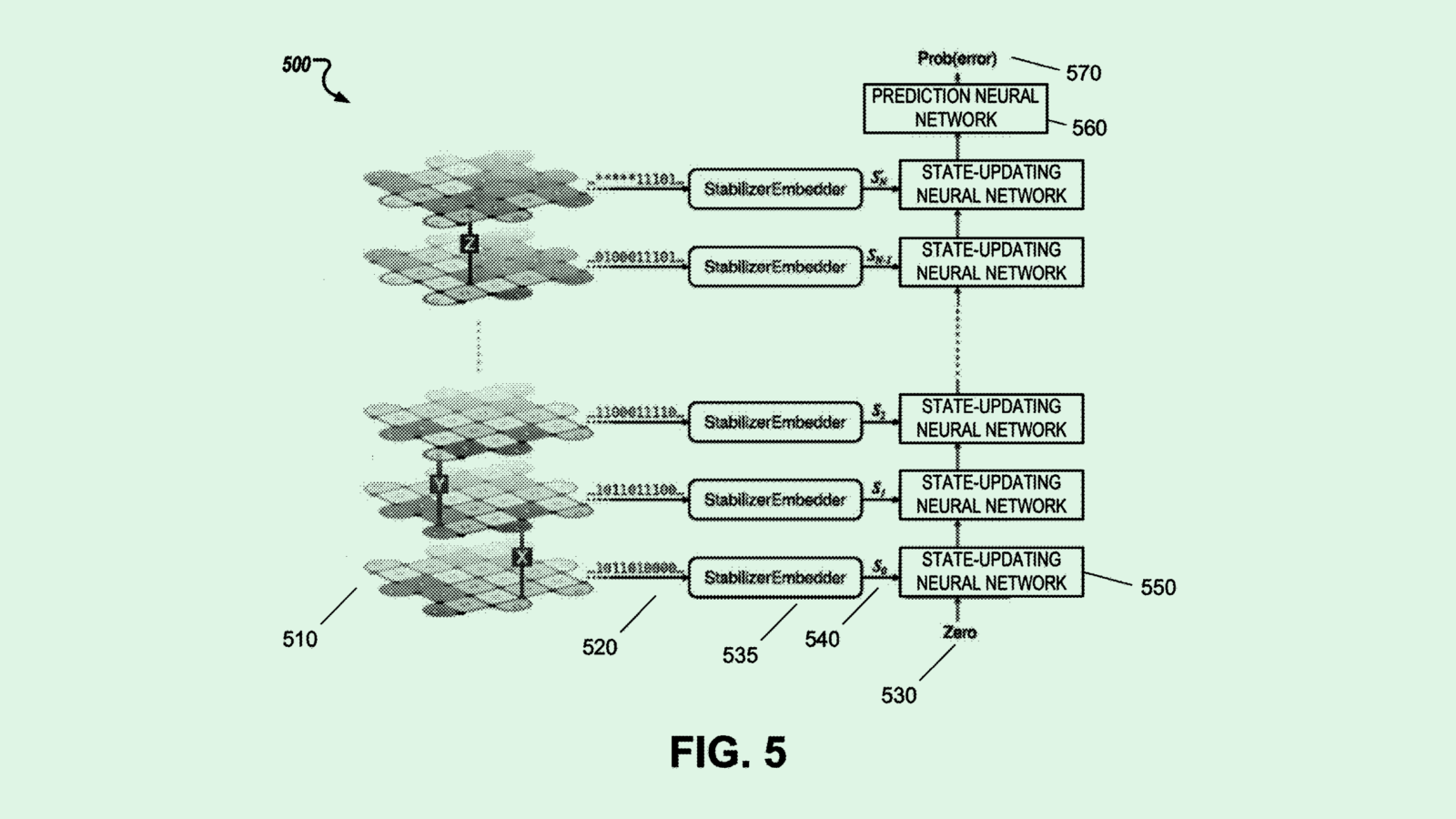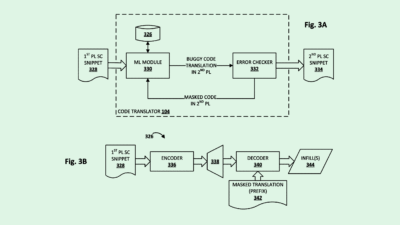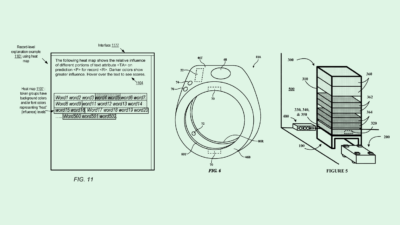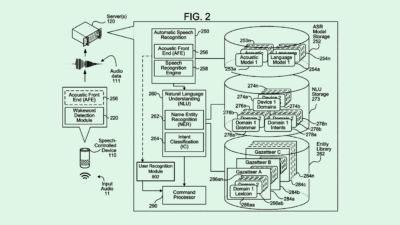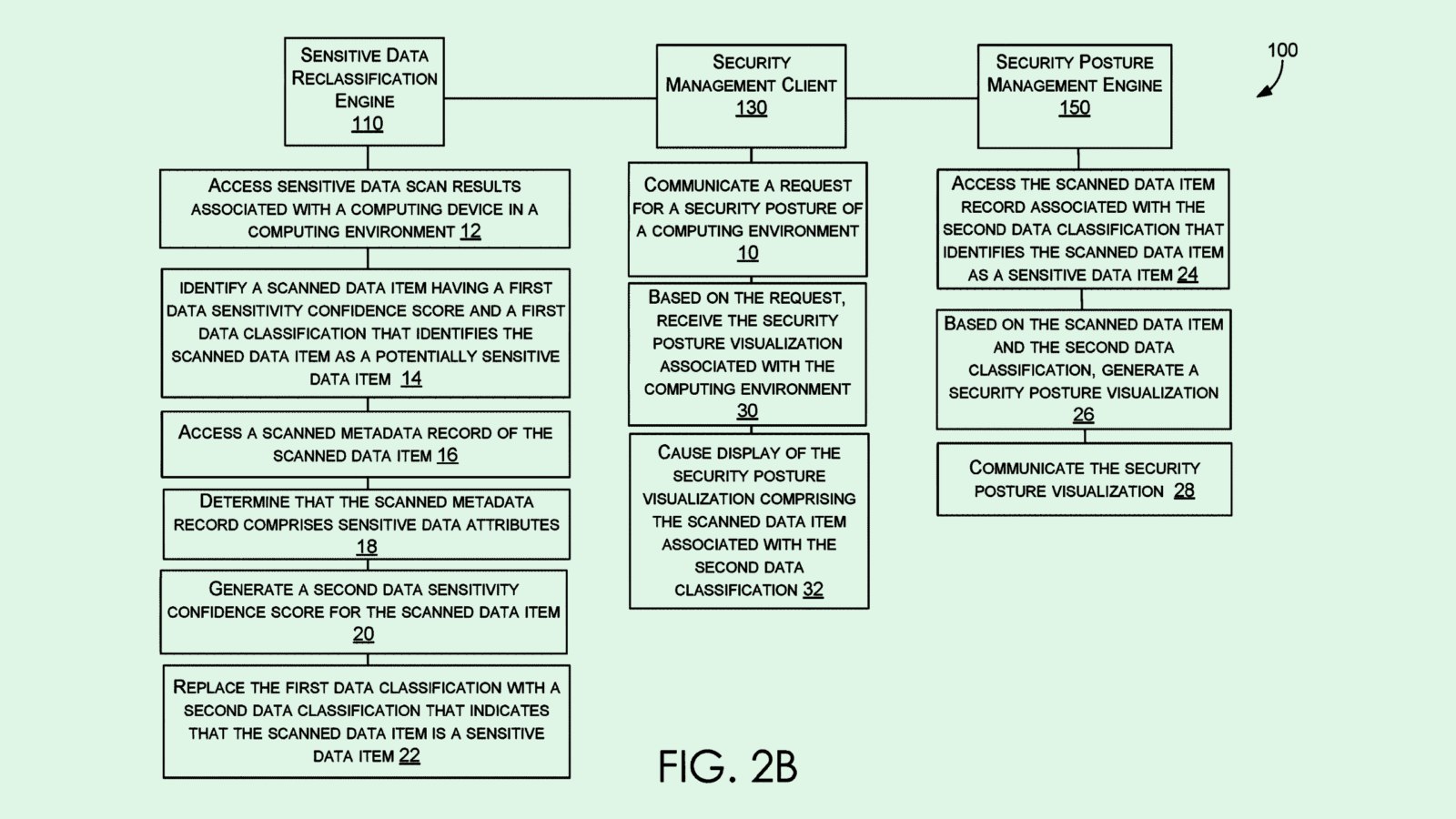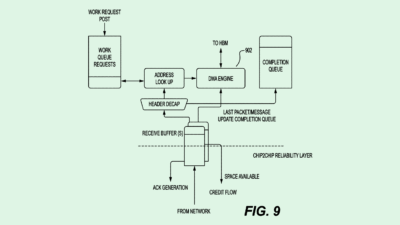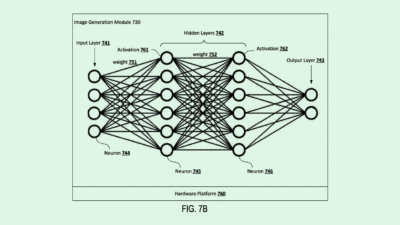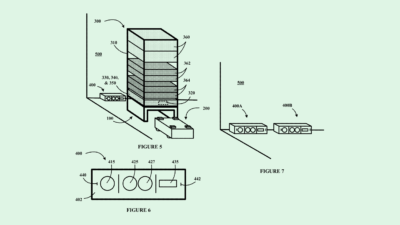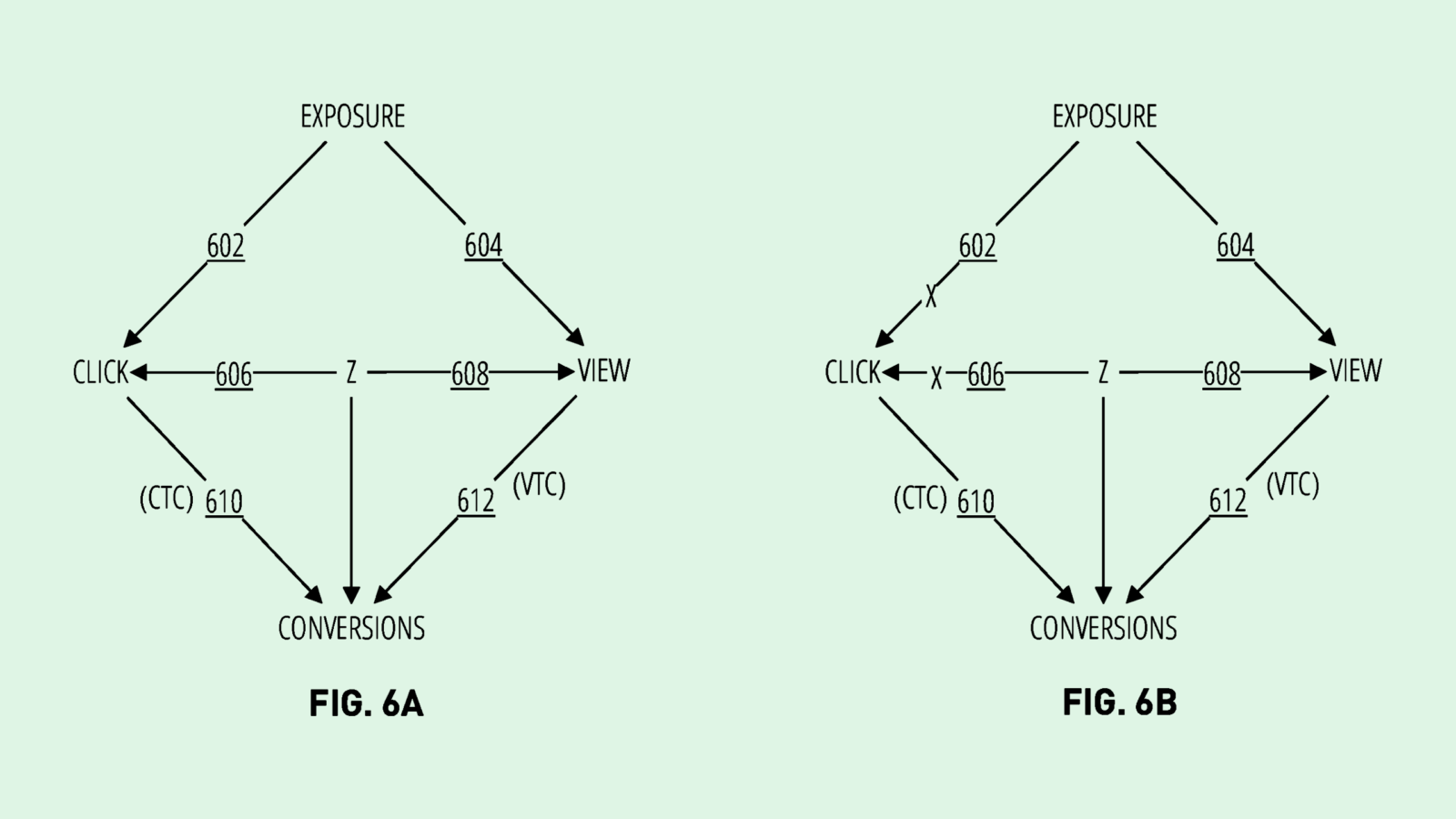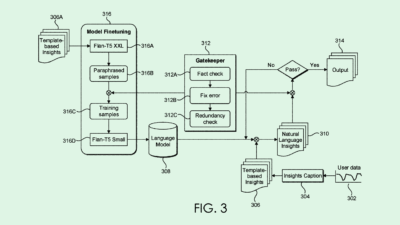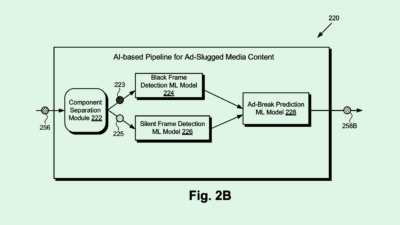Intel’s Clean Computing Patent Signals AI’s Power Problem
Intel’s latest patent to clean up data centers could help minimize the climate impacts of tech’s hunger for AI.
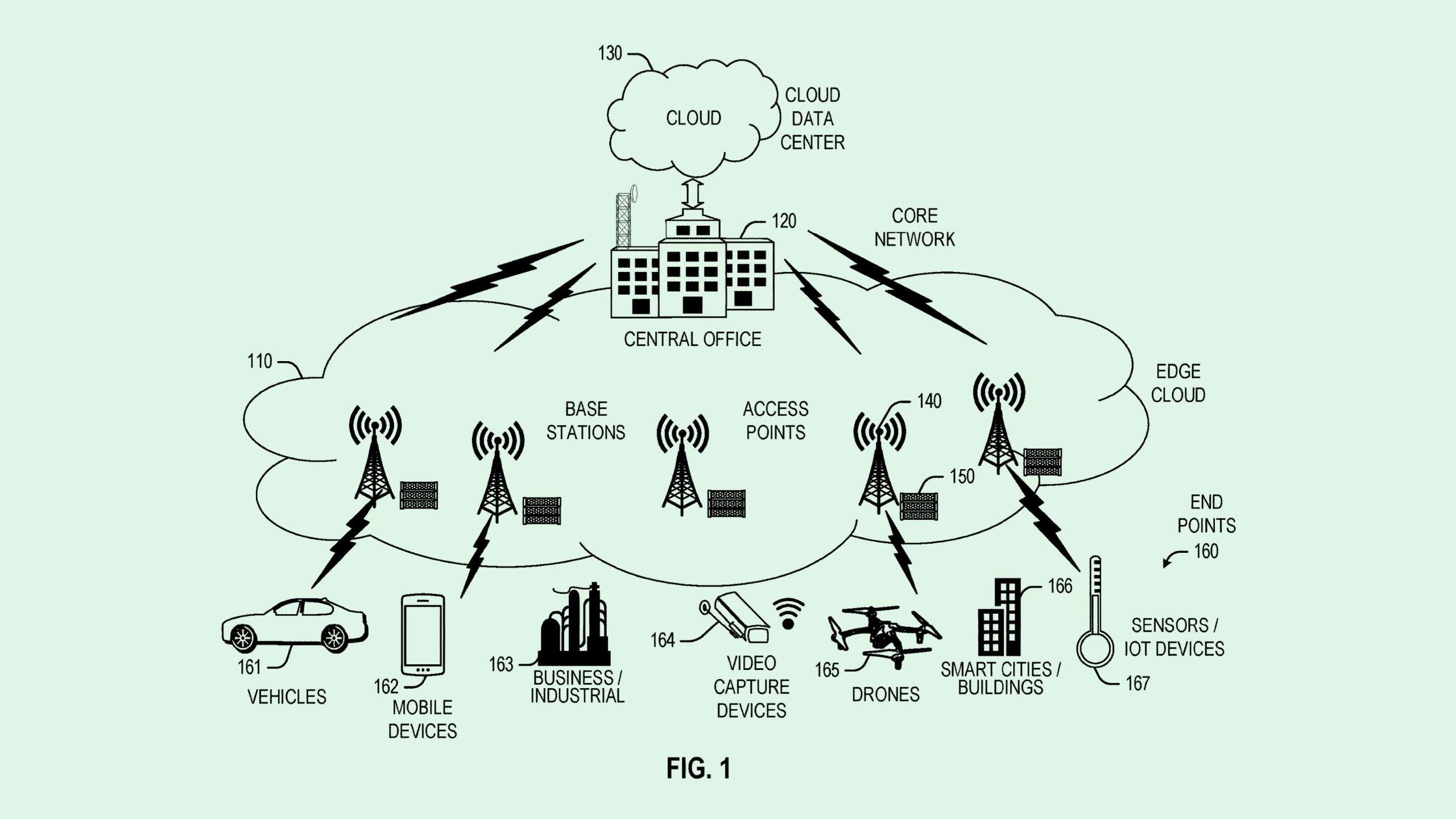
Sign up to uncover the latest in emerging technology.
As rapid AI development continues to suck up power, Intel wants to try to mitigate as much emission as possible.
The company is seeking to patent a system that would “assign workloads based on emissions estimates.” Intel noted that its goal with this patent is “sustainable computing,” or lessening the environmental impact of large-scale computing, which is an “increasingly relevant practice to address global climate concerns.”
While lots of emissions are created in the process of building and distributing a computing device itself, “a significant portion of the scope 2 and/or scope 3 emissions contributable to a compute device depend on how the compute device is used while in operation,” Intel noted.
The crux of Intel’s patent is essentially proper resource management. The system monitors workload signals from several different edge hardware components; servers in data centers are a likely use case.
These signals help the system figure out emissions estimates, estimated completion time, and memory usage of completing a certain task using that hardware. The emissions estimates may be predicted via a machine learning model, Intel noted, with the primary deciding factor being the ratio of renewable energy sources to non-renewable sources that the utility provider can offer to the task.
The system then assigns tasks accordingly, prioritizing the lowest climate impact in its decision-making, even if doing so sacrifices speed and memory utilization.
If the AI boom tells us anything, it’s that tech firms believe these models can solve pretty much anything. But with all of the solutions that AI promises, its development may be fueling a much larger problem, said Trevor Morgan, senior vice president of operations at OpenDrives. AI training requires a whole lot of computing power. And with the much-needed data centers sucking up 10 to 50 times more energy than the average commercial building in the US, this training sits directly at odds with Big Tech’s climate goals.
Because of this, a major question on the minds of cloud providers and AI developers alike is how to minimize the impact, Morgan said. This patent aims to do so by providing “grid-level assessments” of sustainability, rather than just analysis of the devices themselves. “It’s very nascent, but it is an interesting step in the right direction,” Morgan added.
This patent isn’t only good for sustainability efforts, but could stand to be good marketing for Intel, too, said Morgan. The company lags far behind the likes of Nvidia and AMD in the AI chips space, but could set itself apart by brandishing sustainability as its North Star and positioning themselves as “a company that is very conscious about things other than just making money,” Morgan said.
“It’s that social consciousness angle to the patent that will lead to new business,” he added. “They’re showing that they’re thinking about the longer-term effects … that, I think, is very effective for their marketing and for their public image.”
But AI demand may be outpacing the ability to control energy consumption. As much as tech like this attempts to hone it with clever resource management and timing, a more permanent solution may be creating more green sources of energy broadly: Then, it would be a less pressing task to balance resources at all. “I think everybody wants this to be fixed immediately .. but it will be a long-term journey,” Morgan said.
